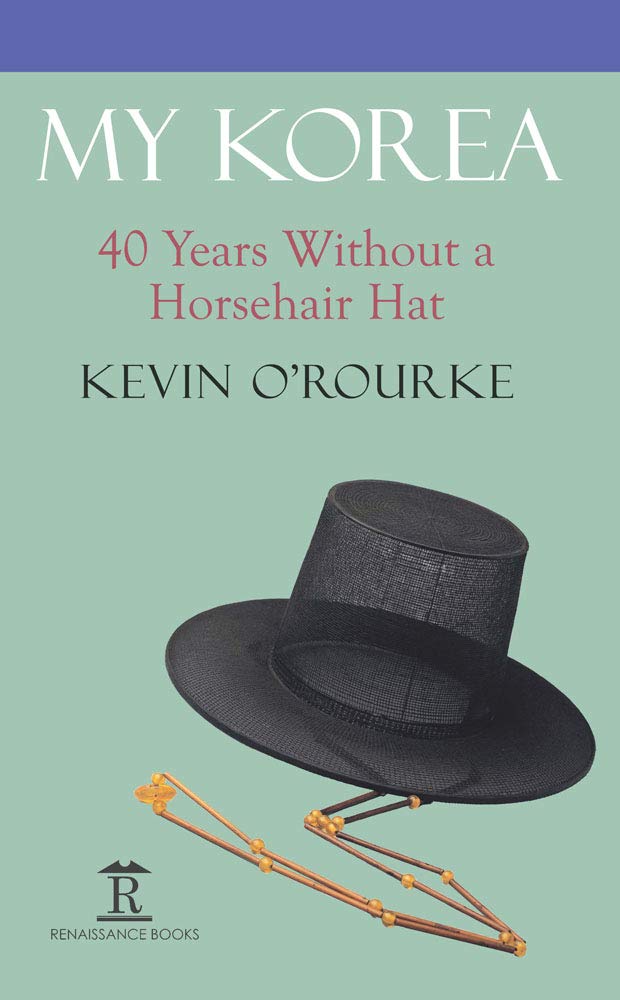
Western expatriates in Asia often see themselves as having missed out on their adopted homeland’s golden age. I arrived recently, just under five years ago, and have since heard much about how I really should’ve been here at the time of the World Cup, if not in the 1990s. Some time ago I met an American here in Seoul who’d first come to Korea in the 1970s as a Mormon missionary. He confirmed what I’d suspected: even back then, the Westerners who’d preceded him were telling him he really should’ve been there in the sixties. Many who came from the West in those decades came for missionary reasons, religious or otherwise. Some, like Kevin O’Rourke, stayed for the long haul, diversifying their activities all the while but never, of course, forgetting the prelapsarian age in which they’d arrived.
“You really had to see Korea in the sixties to know what it was like,” writes O’Rourke in the opening of My Korea: 40 Years Without a Horsehair Hat. “Korea time was the conceptual axis on which the culture turned. Modernization and the need for quick decisions has done away with this lovely, lazy, exasperating way of life.” Back then, “when you didn’t know any other way home, it was normal to ask the traffic policeman to reverse the traffic on a one-way street, and invariably he obliged.” This seems to have been a favorite memory: O’Rourke repeated it in the media interviews entailed by his status as a famous foreigner, and the Korea Timesincluded it last month in his obituary. Having made the initial trip form his native Ireland in 1964, he had by the end of his life spent 56 of his 81 years here in Korea.
Readers of Korean literature in translation may well know O’Rourke’s name, bring as he did more than 2,000 Korean poems, stories, and novels into the English language. These include “Wings” (날개), Yi Sang’s bizarre modernist tale of colonial humiliation (O’Rourke’s rendition of which I studied just a few years ago at the Literature Translation Institute of Korea), and The Square, Choi In-hun’s sweeping novelistic critique of Korea both North and South (the partial inspiration for last year’s sprawling exhibition at the National Museum of Modern and Contemporary Art). He also taught English literature at Kyung Hee University in Seoul for nearly four decades, but he was at the core a man of the cloth, a priest brought to Korea by the Irish Catholic Missionary Society of St. Columban.
Read the whole thing at the Los Angeles Review of Books.